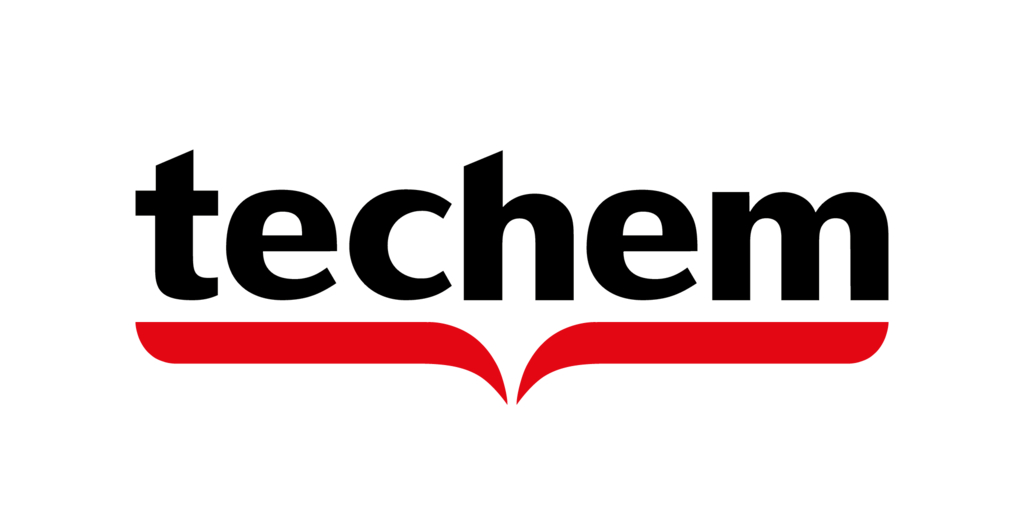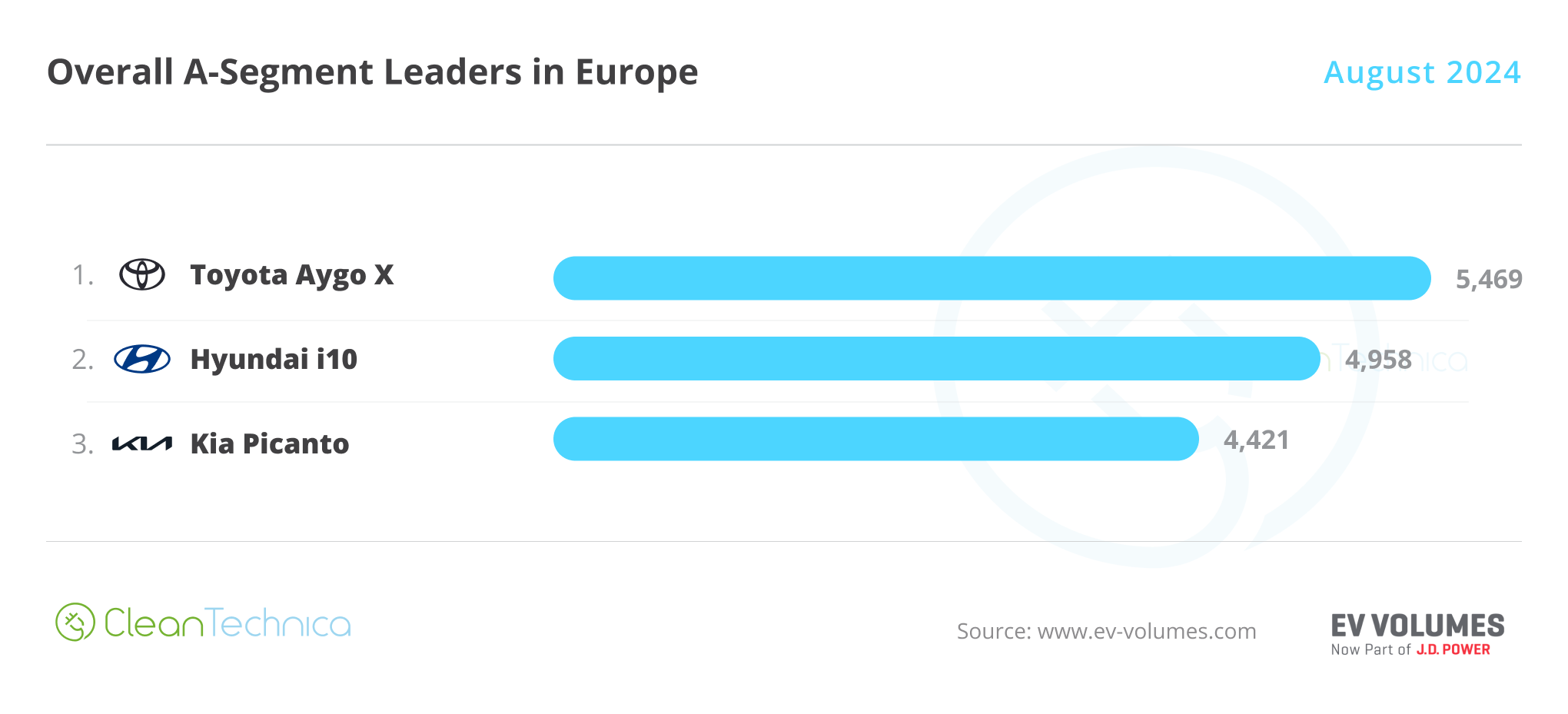Sign up for daily news updates from CleanTechnica on email. Or follow us on Google News!
The European Union has been working on a plan to replace liquid fossil fuels with an EU-wide lower-carbon gas network, which includes stepping up the supply of green hydrogen fuel for aviation, shipping, and heavy industries. The plan launched in May and they are not letting the grass grow under their feet. In the latest development, Scandinavian Airlines has signed onto a new green hydrogen agreement between Denmark and the Netherlands.
Green Hydrogen For The Shipping Industry
Hydrogen can be deployed as a combustible fuel in an engine, but fuel cells are the main focus of activity at this time. Fuel cells generate electricity through a reaction between hydrogen and ambient air, with the help of a catalyst. The only byproduct is water vapor.
Aviation and ground transportation fleets are low-hanging fruit for fuel cell stakeholders, because they can access a reliable supply of hydrogen fuel at dedicated depots. The case for hydrogen fuel cells in the shipping industry is also supported by long range, high power delivery, and quick refueling time.
That still leaves the problem of the fuel itself. To date, the primary source of hydrogen on the global market is natural gas, with coal also playing a role in the supply chain. If that doesn’t sound particularly sustainable, it’s not.
On the bright side, the global search for a non-fossil hydrogen fuel supply chain has been heating up, with green hydrogen in the lead. Sometimes called renewable or clean hydrogen, green hydrogen primarily refers to electrolysis systems that deploy renewable energy to jolt hydrogen gas from water. Biogas, biomass, and other non-fossil resources are also in play, but much of the investor activity is currently focused on water electrolysis.
Another New Green Hydrogen Consortium In Europe
Though some fossil energy stakeholders would like to use the word “clean” to describe hydrogen derived from natural gas with carbon capture, the new agreement between Denmark and the Netherlands gives fossil fuels the old heave-ho.
“Europe relies too much on fossil fuels today. We have to fix that and to do so, we need green hydrogen,” explains Denmark’s Minister for Climate, Energy and Utilities Lars Aagaard.
The plan is to leverage Denmark’s sprawling offshore wind industry to generate green hydrogen for domestic use and the export market as well, creating a seamless, integrated hydrogen market between EU nations that can produce excess hydrogen, and those that need it.
With the influx of green hydrogen from Denmark, the Netherlands is also aiming to construct pipelines and other land-based transportation systems for exporting green hydrogen into Germany and beyond. In a public statement marking the signing of the agreement on November 11, Aagard explained that Denmark has the resources to overproduce green hydrogen at home, leaving plenty left over for export to the Netherlands.
“This Danish-Dutch cooperation is a step in the right direction towards establishing [an] integrated European hydrogen market that connects the suppliers with the consumers to reduce the need for fossil fuels across Europe,” Aagaard emphasized.
The Minister of Climate Policy and Green Growth of the Netherlands, Sophie Hermans, also chipped in her two cents.
“The Netherlands and Denmark share the same ambition: to build a strong, sustainable hydrogen market essential for a climate-neutral future,” Hermans said. “This requires investments in production, demand and infrastructure – and strong partnerships are indispensable for this.”
Hermans also noted that the Netherlands has already recognized the need to supplement its domestic green hydrogen capacity with imports.
“By using the renewable energy that Denmark generates in the Netherlands, we are joining forces and working together towards a climate-neutral and future-proof economy,” she emphasized.
More (Green) Hydrogen For Fuel Cell Electric Aircraft
Scandinavian Airlines, for one, has already spotted an opportunity for the aviation industry. In a statement dated November 12, SAS announced its support for the new collaboration, underscoring that it will bridge “Danish production with Dutch demand.”
“By enhancing green hydrogen infrastructure, the collaboration seeks to boost demand, advocate for government support, and secure funding to make green hydrogen a competitive energy source across the region,” SAS pointed out. The SAS banner also covers Norway and Sweden in addition to Denmark.
Fuel cell aircraft may be a long way off for SAS. However, one of its many airline industry partners is Delta Airlines, and Delta is already on the prowl. In May, Delta outlined plans for a feasibility study of hydrogen fueling at the busy Hartsfield-Jackson Atlanta International Airport, in partnership with aircraft manufacturer Airbus and the US fuel cell and green hydrogen startup Plug Power.
“The study will help define the infrastructure, operational viability, and safety and security requirements needed to implement hydrogen as a potential fuel source for future aircraft operations at ATL,” Delta explains, pointing out that the study also aims to “contribute to the understanding of supply and infrastructure requirements for hydrogen hubs at airports worldwide.”
Aside from eliminating carbon emissions in the air, the study also covers heavy equipment and other ground systems that could be converted from fossil energy to hydrogen and fuel cells.
What’s In Store For The Zero Emission Airport Of The Future
The ATL partnership is just for starters. Airbus has also signed aviation hydrogen hub agreements with airports and partners in 12 other countries. Aside from the US, the list includes Canada, France, Germany, Italy, Japan, New Zealand, Norway, Sweden, Singapore, South Korea, Sweden, and the UK.
It remains to be seen how much space gets carved out for green hydrogen in some of those countries, but plans for a non-fossil hydrogen supply chain are already well under way in France and other European nations on Airbus’s list.
Airbus also expects green hydrogen to play a leading role in the ATL project. “The U.S. has easy and massive access to additional renewable energies to produce green hydrogen,” explains Karine Guénan, who is the VP of the Airbus ZEROe Ecosystem hydrogen aircraft initiative.
Keep an eye on the US hydrogen fuel cell startup ZeroAvia for more activity in that area. In addition to fine tuning its electric powertrain technology, ZeroAvia has been nailing down its own non-fossil supply chain for hydrogen fuel, and it is a partner in Airbus’s airport hydrogen hub program (see more ZeroAvia fuel cell background here).
Helping things along is the Biden-Harris administration, which has laid the groundwork for establishing a nationwide network of regional clean hydrogen hubs, including a substantial amount of funding for green hydrogen projects as well as conventional sources.
So much for the good news. On the down side, the President and Vice President are leaving office in just a few weeks, to peacefully hand over the reins of federal power to an administration that is not particularly supportive of non-fossil energy resources. Hold on to your hats…
Image (cropped): Leading global aviation stakeholders are pursuing green hydrogen and fuel cells to decarbonize air travel and shipping, in the EU and elsewhere (courtesy of ZeroAvia).

Chip in a few dollars a month to help support independent cleantech coverage that helps to accelerate the cleantech revolution!
Have a tip for CleanTechnica? Want to advertise? Want to suggest a guest for our CleanTech Talk podcast? Contact us here.
Sign up for our daily newsletter for 15 new cleantech stories a day. Or sign up for our weekly one if daily is too frequent.
CleanTechnica uses affiliate links. See our policy here.
CleanTechnica’s Comment Policy




